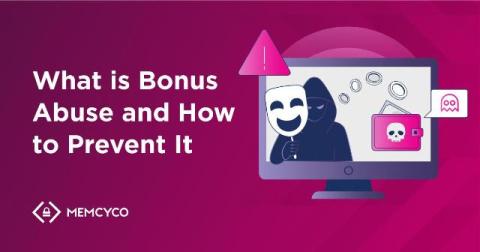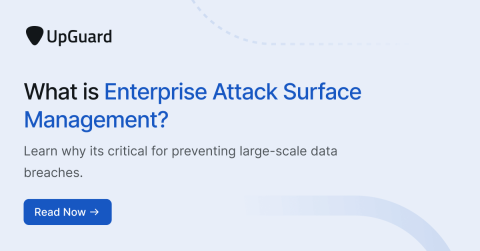Weekly Cyber Security News 12/12/2024
Let’s catch up on the more interesting vulnerability disclosures and cyber security news gathered from articles across the web this week. This is what we have been reading about on our coffee break! To add to the continued pile of e-waste…










